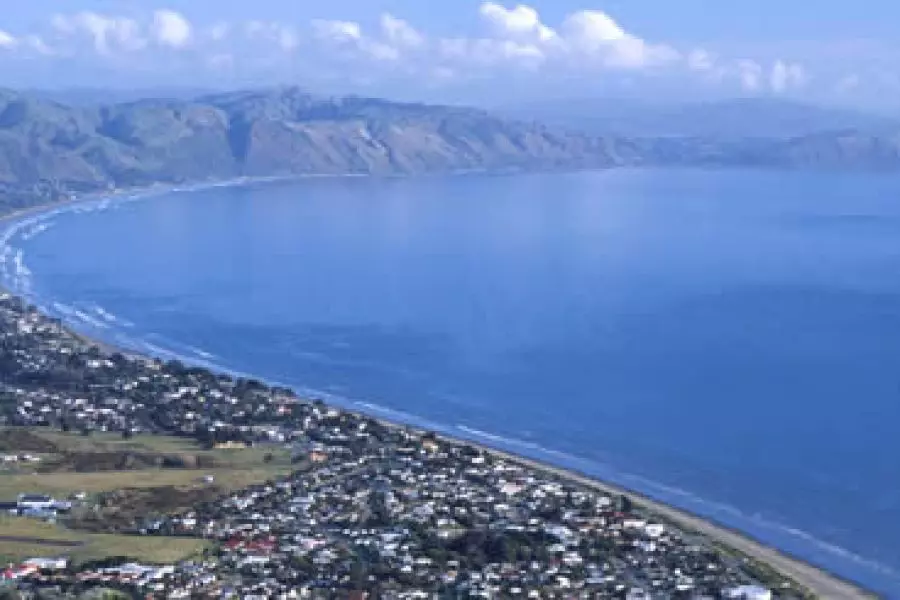
News
Late Cycle Growth in Kapiti Coast & Horowhenua

Friday 30th of November 2018
The Kapiti Coast and Horowhenua regions are sandwiched between Wellington and Palmerston North on the west coast of the North Island. In Kapiti the drawcard is the seaside living, quaint towns and remote lifestyle with easy access to Wellington; and in Horowhenua the focus is more on farming, small town living and the rural lifestyle.
Both areas are experiencing growth late in the prope...
Want to read the full article?
Click the button below to subscribe and will have unlimited access to full article and all other articles on the site.
8 min read
10 min read





![[The Wrap] Bye Bye Bayly](https://goodreturns.publit.io/file/c_fill,w_900,h_600/39f23ac1-f7c7-4854-b700-a150004ebbac.webp)


